Why This Tea May Be the World’s Healthiest Beverage
This tea has amazing health benefits — from fighting cancer to burning fat and more. This beverage makes a good case for making teatime part of your regular routine.
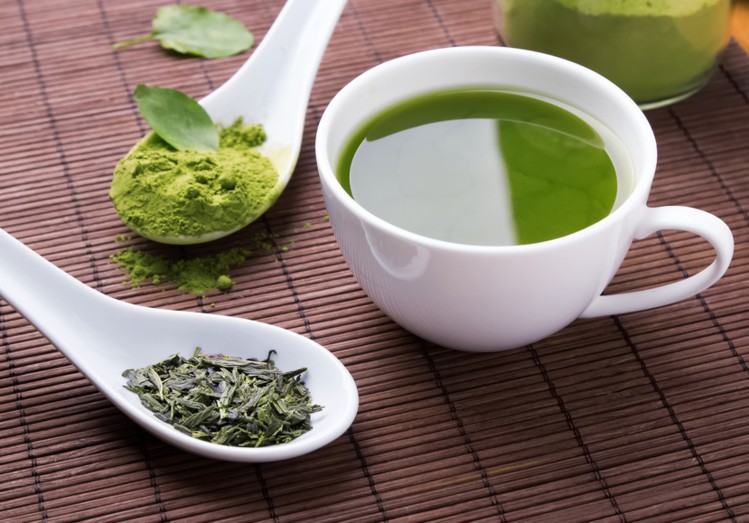
As I use the word “tea,” I mean tea as in the green leaves of the Camellia sinensis plant — not herbal teas, like peppermint or chamomile (although they do have their own distinct health-giving properties).
While there are four types of tea: green, white, black, and oolong, of the four types, research shows that green tea is the most healthful. Dried green tea leaves are about 40% polyphenols by weight, and contains the most EGCG, a powerful antioxidant.
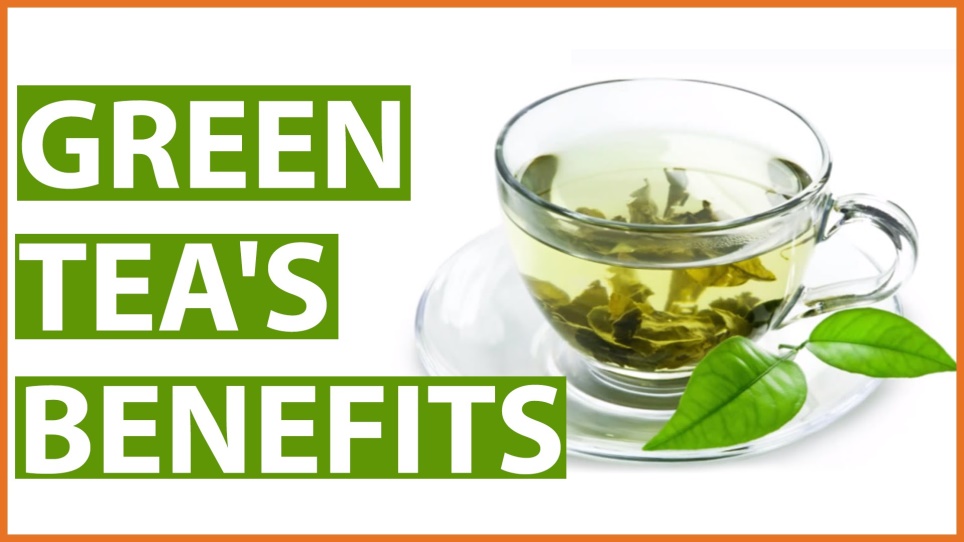
And aside from being loaded with polyphenols and EGCG, green tea has many more health benefits—all reasons why green tea could be one of the healthiest beverages in the world. For instance:
Fighting cancer. This is because of the remarkable content of antioxidants and polyphenols this tea possesses. They help protect against breast cancer (one study found that three cups a day of tea reduced the risk of breast cancer by a third), colon, skin, lung, esophagus, stomach, small intestine, pancreas, liver, and more.
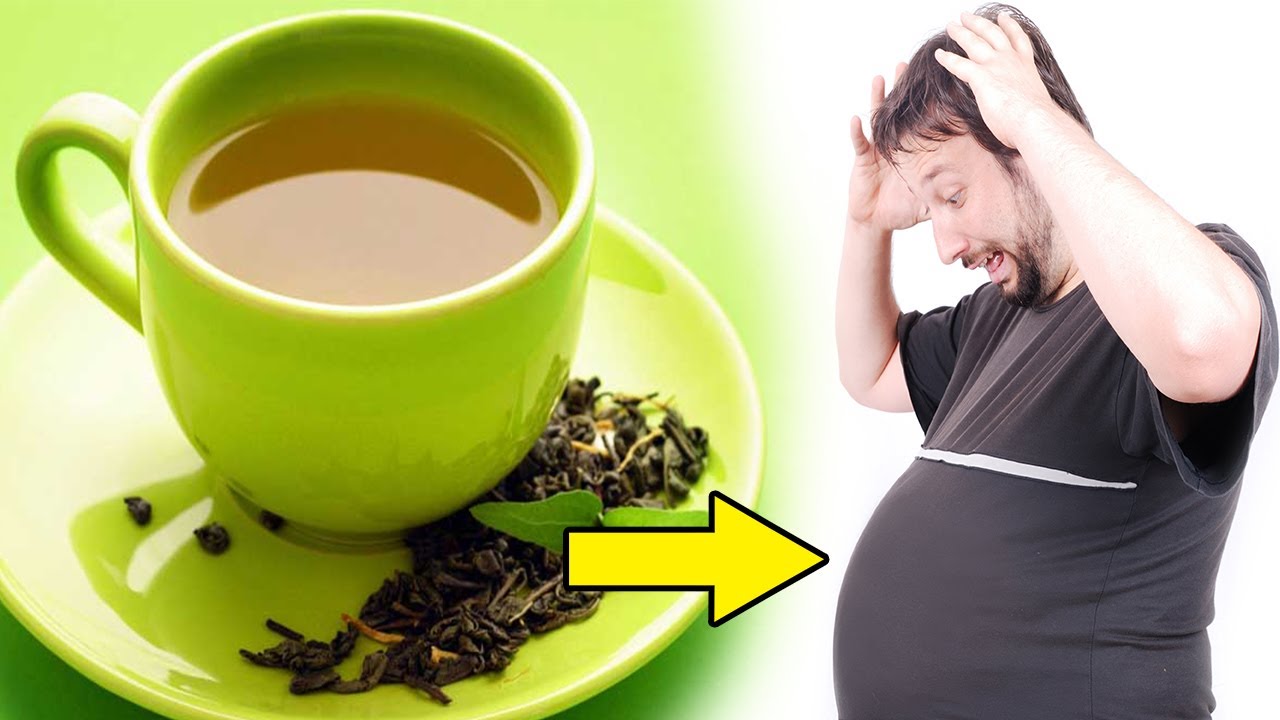
Burning fat. Green tea contains catechins, which increase the body’s ability to burn fat as fuel, leading to improved muscle endurance.
Bone strength. Green tea has been found to help improve body composition and fight osteoporosis by enhancing bone strength.
Cardiovascular health. Again, this is because of its high antioxidant and polyphenol count.
Linked to lower rates of Alzheimer’s, diabetes, and more (obesity, arthritis, infections, malaria, and even AIDS).
Reduced Rate of Parkinson’s, for both men and women (no matter variables like smoking, physical activity, age, and body mass index.
Caffeine content. (Yes, it’s a good thing.) True, the health effects of caffeine are a controversial topic. But, a considerable body of evidence shows that green tea’s caffeine help increase memory, ward off Alzheimer’s, protect against skin cancer and cataracts, prevent weight gain, and mitigate asthma.
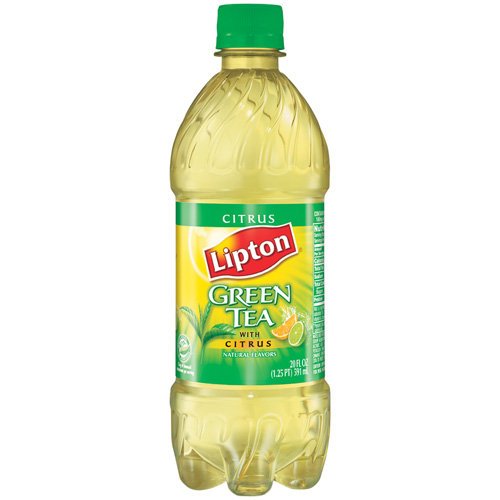
So considering all the evidence, it makes sense to enjoy green tea. But watch out for the bottled variety. They’re mostly sugar-water. If you’re going to buy pre-bottled tea, be sure to check the label for its sugar content.
And if you brew it yourself, try it plain, with a squeeze of lemon, brewed with some ginger, even combined with other herbal teas, or sweetened with a smidge of raw honey.
I’ll close this green tea promotional with a warning regarding toxins and a simple solution. Like food, not all green tea is equal. While in general, green tea is incredibly healthy, the fact is that it can be toxic. Depending on how it’s manufactured and packaged, it can contain pesticides, cancer-causing chemicals, artificial flavors, heavy metals, mold, other harmful toxins, and even hidden GMO ingredients.
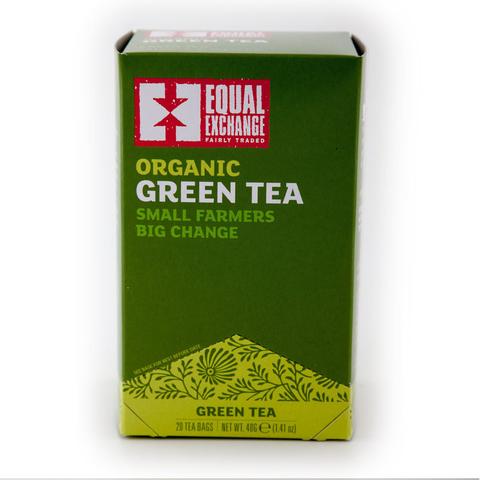
In fact, most tea (including green tea) isn’t washed before it’s put into bags. And many tea bags are made using plastic. While this news is unsettling, there’s a simple answer. In the world of tea, price counts and is indicative of quality and care in manufacturing.

So going forward, avoid the cheaper brands and pay a little more for those labeled organic. That way your tea time will be your time to enjoy one of the world’s healthiest beverages!
- www.nutraingredients.com
- www.youtube.com
- www.amazon.com
- www.shop.equalexchange.coop
- www.pinterest.com
 Alice Osborne
Alice Osborne
Weekly Newsletter Contributor since 2006
Email the author! alice@dvo.com
